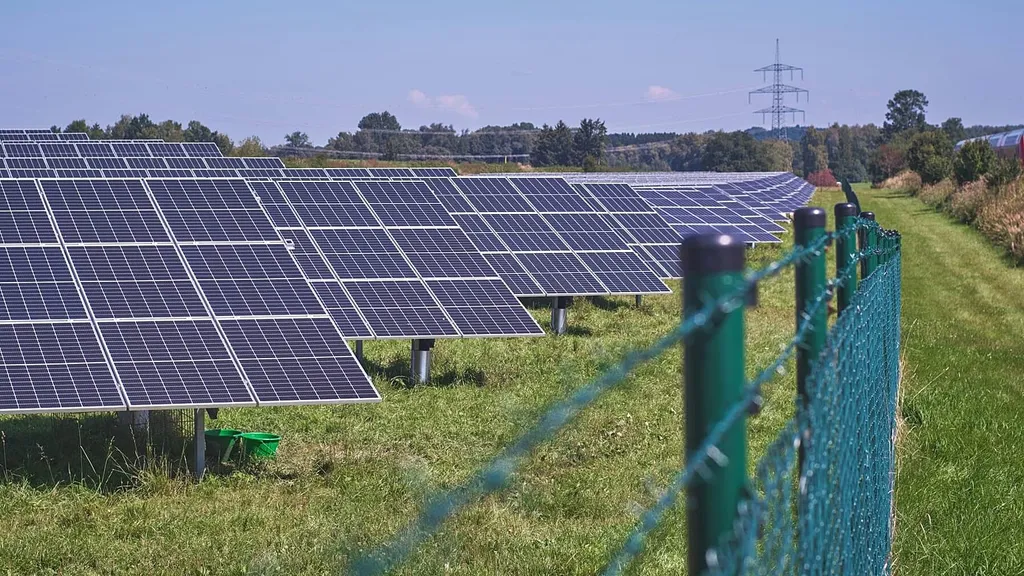In the pursuit of sustainable and efficient energy solutions, a groundbreaking study led by Mona Shahbazi Fashtali from the University of Guilan in Iran has unveiled a promising configuration that could reshape the future of solar power generation. Published in the English-language journal “Energy Conversion and Management: X,” the research focuses on enhancing the energy efficiency and cost-effectiveness of a solar-driven supercritical CO2 Brayton cycle through multi-objective optimization.
The study presents a comprehensive thermodynamic and exergoeconomic analysis of a solar power tower (SPT) system integrated with a supercritical CO2 recompression Brayton cycle (SCRBC) and an ejector-absorption refrigeration cycle (CARC). This hybrid configuration aims to simultaneously improve overall efficiency and reduce both investment and exergy destruction costs.
Using multi-objective particle swarm optimization (MOPSO), the researchers achieved significant improvements in the system’s performance. The SCRBC net power output increased from 19.3 MW to 20.1 MW, and the exergy efficiency saw a slight but meaningful enhancement from 47.0% to 47.1%. The CARC subsystem effectively utilized waste heat, boosting the net work output from 2376 kW to 2473 kW. Consequently, the overall system exergy efficiency improved from 25.52% to 26.58%, while the exergy destruction cost rate decreased from 3238 $/h to 3147 $/h.
“These findings demonstrate the potential of the hybrid SPT–SCRBC–CARC configuration for delivering sustainable, efficient, and cost-effective multi-generation energy solutions,” said Shahbazi Fashtali. The study also revealed that increasing the maximum operating temperature of the SCRBC improves efficiency and reduces costs, whereas raising the minimum operating temperature increases exergy destruction and lowers system performance. The extraction ratio and boiler temperature were found to significantly influence both cooling capacity and power output.
The implications of this research for the energy sector are substantial. By optimizing the integration of solar power towers with advanced CO2 cycles and refrigeration systems, the study paves the way for more efficient and cost-effective energy solutions. This could lead to broader adoption of solar power technologies, particularly in regions with high solar potential, and contribute to the global transition towards sustainable energy sources.
As the world seeks to reduce its carbon footprint and transition to cleaner energy sources, innovations like those presented in this study are crucial. The hybrid SPT–SCRBC–CARC configuration offers a promising avenue for achieving these goals, potentially shaping the future of solar power generation and energy efficiency.
“This research not only enhances our understanding of the thermodynamic and economic aspects of solar power systems but also provides a roadmap for future developments in the field,” Shahbazi Fashtali added. The study’s findings could inspire further research and development, leading to even more advanced and efficient energy systems that can meet the growing demand for sustainable power.

